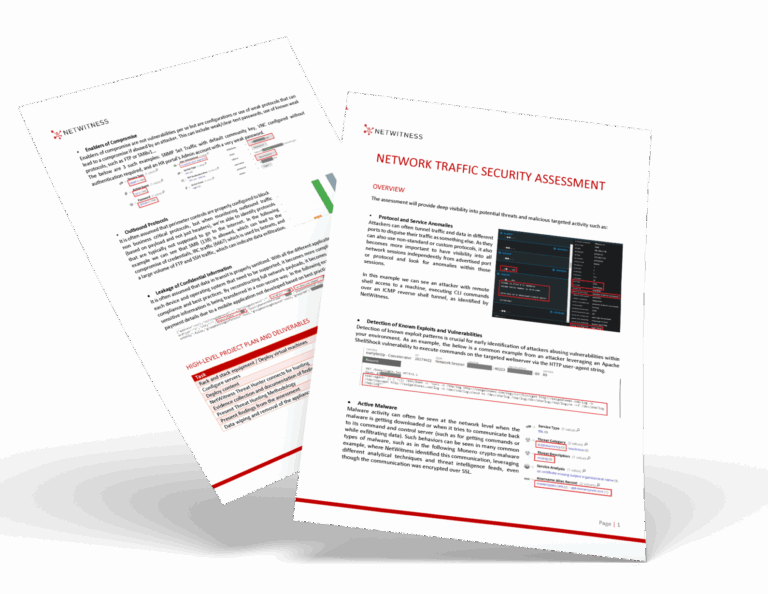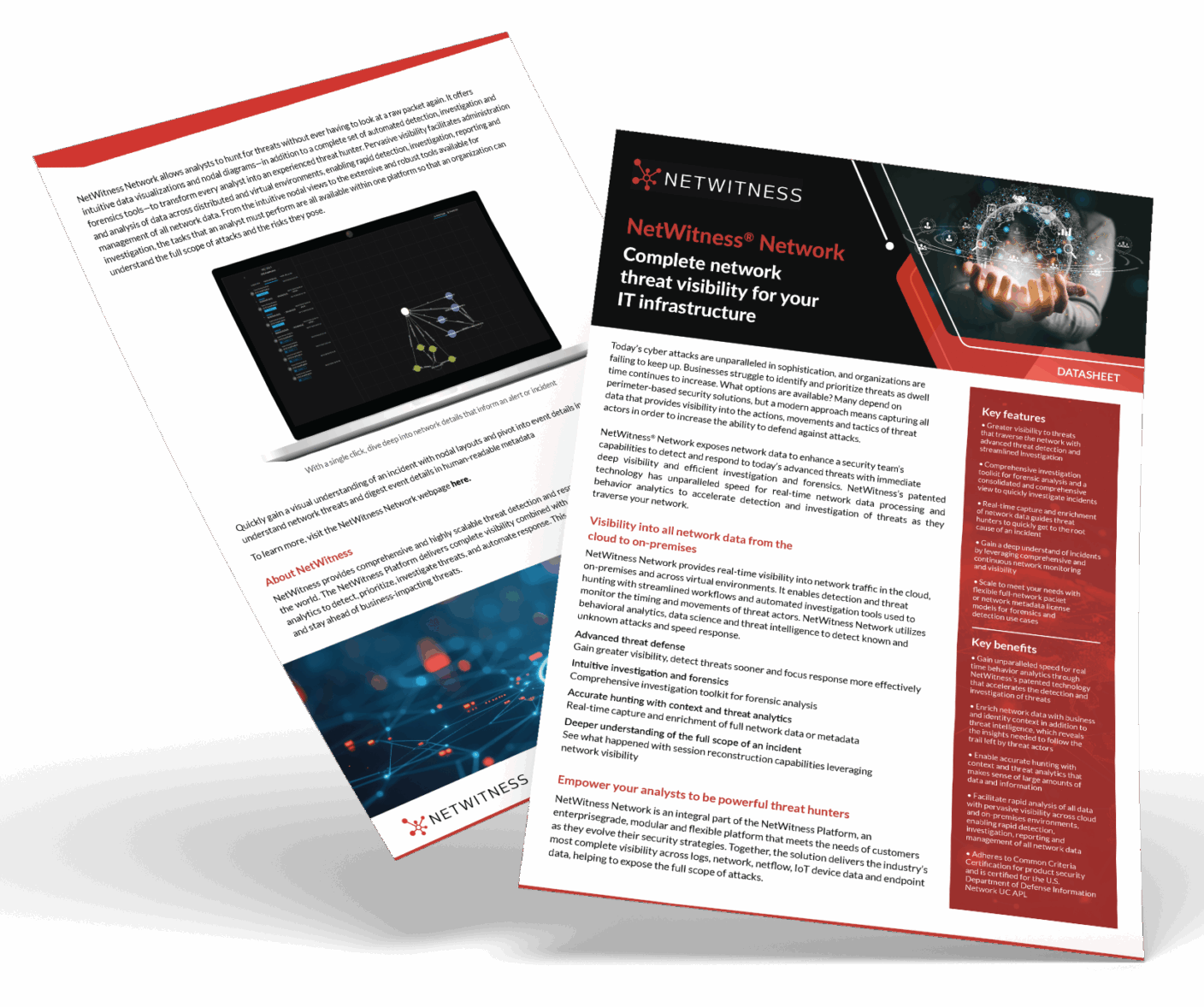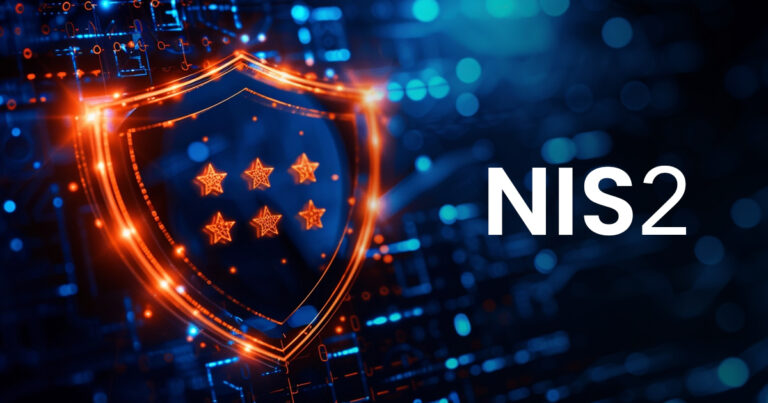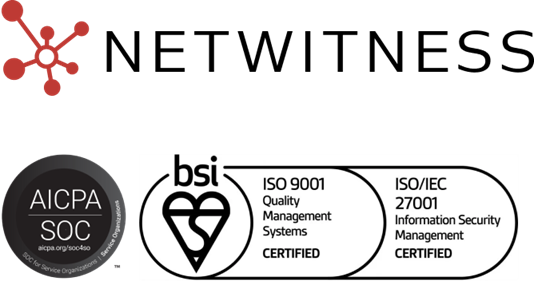Quick Summary
Here’s what this blog will cover:
- How to evaluate and improve visibility across hybrid environments
- Why data quality and behavioral baselines matter for effective network traffic analysis
- The importance of continuous assessment and tool integration
- How NetWitness NDR turns network traffic insights into faster, evidence-driven responses
Introduction
Every security leader knows visibility is both the starting point and the weakest link in network defense. You can’t protect what you can’t see. NTA security, or Network Traffic Analysis, is key for good threat detection and response.
Many organizations use NTA tools without regularly checking their setup, links, and combinations. The result? Overlooked traffic segments, alert fatigue, and a false sense of coverage.
This guide explains how to evaluate your network practices. It aims to improve your network traffic analysis. You will learn to reduce blind spots and increase your confidence in threat visibility.
Proven Network Practices for Smarter NTA Security
1. Start with Complete Network Visibility
Strong network traffic analysis starts with full-spectrum visibility – across data centers, cloud workloads, and remote endpoints. Partial coverage means partial protection.
The first question every team should address is: Are we capturing traffic from all critical sources, and is it the right traffic?
That means validating sensor placement, ensuring consistent packet capture, and accounting for encrypted traffic inspection without breaching compliance.
Key steps to evaluate visibility:
- Map where sensors and collectors sit and what’s left out.
- Verify that all ingress and egress points feed data into your NTA tools.
- Monitor east-west traffic in hybrid and multi-cloud environments.
If your network visibility isn’t comprehensive, your analytics will always be one step behind an attacker. 
2. Evaluate Data Quality and Context Depth
Visibility alone isn’t enough. Understanding network traffic analysis is really about uncovering the story behind each flow, session, or alert. When the metadata is missing or poor quality, your SOC has a much harder time spotting potential threats and digging into what’s actually happening.
Here’s what to assess:
Metadata granularity: Are your tools enriching traffic data with identity, application, and session context?
Decryption readiness: Are encrypted sessions analyzed effectively?
Data normalization: Is data standardized for consistent correlation across systems?
High-quality context allows teams to perform faster network threat detection and more confident incident triage.
3. Benchmark Network Behavior Over Time
Evaluating NTA security isn’t something you do once and forget about, it’s an ongoing process. Network behavior is constantly shifting as users, apps, and services evolve. What seems normal today might look suspicious a month from now on.
That’s why regular baselining – measuring deviations, not just anomalies, is critical.
When done right, it improves both your detection accuracy and your understanding of network trends.

4. Integrate Network Traffic Analysis Insights Across Security Systems
Network visibility isn’t something that stands on its own. It becomes truly powerful when your NTA tools are working alongside your SIEM, EDR, and SOAR platforms. When these systems are connected, the pieces finally come together, turning scattered data into a clear, unified view of potential threats.
Best practices for integration:
- Bring together network and endpoint data to speed up root-cause analysis.
- Use NTA security telemetry to add context and detail to incident timelines in your SIEM.
- Leverage orchestration platforms to automate investigation and containment.
When your network traffic analysis is well integrated, you break down data silos and make sure every alert comes with meaningful, correlated intelligence. 
5. Adopt a Continuous Assessment Framework
Real resilience comes from consistent, ongoing evaluation. By regularly reviewing your network traffic, you can make sure your tools, data, and detection methods stay aligned with evolving threats and changing system architectures.
A practical framework for ongoing network traffic analysis:
- Monthly: Check sensor coverage and review any unusual traffic patterns.
- Quarterly: Evaluate alert accuracy and track false-positive trends.
- Annually: Conduct a full, in-depth assessment of your network traffic analysis program, mapped to frameworks like NIST or MITRE ATT&CK.
Following this steady cadence helps your network monitoring evolve with your organization, without losing visibility or sacrificing performance.
Strengthen Network Visibility with NetWitness® Network Traffic Security Assessment
-Uncover hidden threats through deep packet inspection and analytics.
-Identify vulnerabilities and blind spots before they’re exploited.
-Enhance detection and response with NDR-driven intelligence.

How NetWitness NDR Strengthens Network Traffic Security
NetWitness NDR puts best practices into action by combining deep packet inspection, full traffic visibility, and behavioral analytics into a single, streamlined workflow. Its advanced network traffic analysis ties network activity to endpoint and log data, giving analysts the context and speed they need to spot threats before they turn into serious incidents.
When integrated with SIEM and SOAR platforms, NetWitness turns network traffic analysis into a proactive, high-impact capability, enabling fast, evidence-driven responses. In many ways, it brings the assessment principles in this guide to life at scale, helping organizations protect their networks more effectively and confidently.
Conclusion
Evaluating your network practices isn’t just about uncovering vulnerabilities, it’s about building a network traffic analysis program that grows and adapts with your environment. Core elements like visibility, data quality, integration, and continuous assessment create real confidence in your network security.
With the right mindset and the right tools, security teams can move from reacting to threats to taking a proactive, intelligence-led approach. NetWitness NDR supports that shift by giving you the visibility, context, and speed you need to understand what’s happening across your network and respond with confidence.
Frequently Asked Questions
1. What is NTA security?
NTA security, or Network Traffic Analysis, means watching and studying network traffic. This helps find bad activity, rule violations, or unusual behavior that regular tools might overlook.
2. Why is assessing NTA security important?
It is because configurations, integrations, and coverage evolve over time. Regular assessments ensure your NTA tools provide complete visibility, reliable analytics, and actionable threat detection.
3. What are the best practices for assessing NTA security?
To build a strong defense, focus on these key areas: ensure full network visibility, maintain high-quality data, establish behavioral baselines, integrate your security tools effectively, and regularly validate your processes. By addressing all of these together, you create a more resilient and adaptable network defense strategy.
4. How does NTA security differ from NDR?
NTA security looks closely at traffic-level analysis. NDR (Network Detection and Response) uses this data along with wider analytics. This helps to find and stop threats more quickly.
5. How often should an NTA security assessment be done?
Conduct major reviews annually and perform quarterly checks to validate visibility, baselines, and alert quality.
Proactive Network Threat Detection with NetWitness® NDR
-Spot threats fast with AI-driven analytics.
-See everything across your network and cloud traffic.
-Investigate efficiently with built-in forensic tools.
-Adapt and scale to meet growing security needs.





